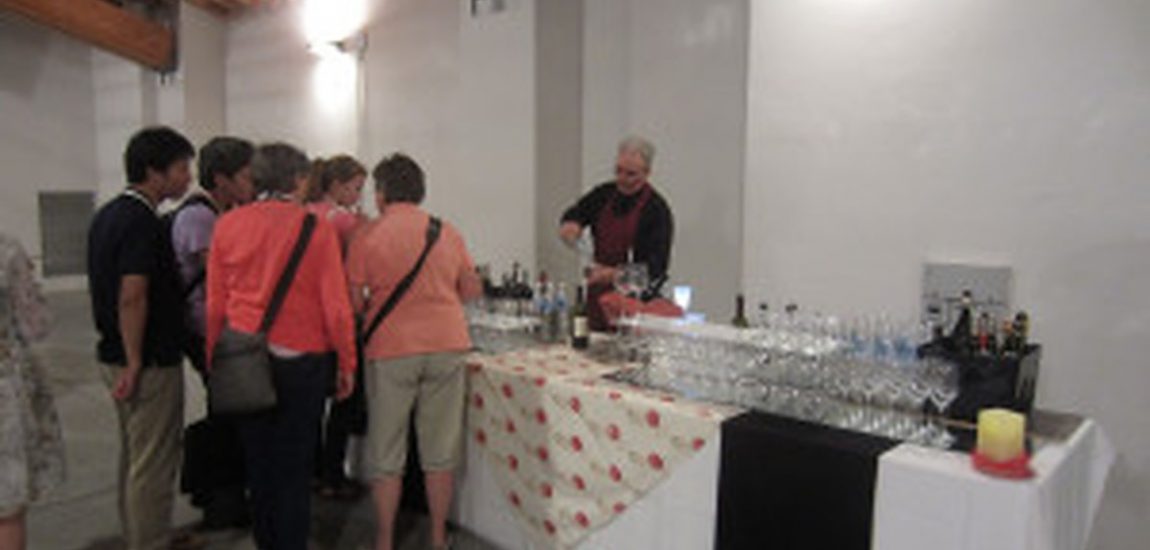
Eat like a Florentine
There is no lack of science occurring during official sessions this week at the Fortezza da Bosso, but much of what we get from being at a conference is the opportunity to connect informally to other scientists during lunch, a glass of wine at the poster session, or dinner. As one scientist put it to me over dinner and wine on Sunday, “This is where the real science happens.” But we are also in a foreign country (for most of us) and it can be difficult to navigate menus and enjoy the cuisine while maximizing the science. So I have compiled a list of tips for how to flawlessly (or at least less awkwardly) enjoy Florence’s gastronomical delights from sun-up to well after sun-down:
- Start your day with an espresso. You should order this at a café and stand at the bar to drink it out of a proper cup. This doesn’t take more than a few minutes, and it will actually take longer if you order the coffee to go.
- You may have trouble finding breakfast, but don’t fear, you will get your calories later in the day. When you’re feeling low-energy, drink another espresso.
- At lunch, step out to a café and order a Panini. Order one of the offered sandwiches instead of making your own, as the ingredients have been selected to optimize flavor pairings.
- Gelato shops are littered throughout the city and you won’t have to look far to find one. I cannot vouch for how often or when Italians eat Gelato, but is not to be missed. I suggest you enjoy it liberally.
- Finally, after 20:00 it is time for dinner. Start with an antipasti plate. A real treat is burrata, which is mozzarella with a creamy center. Carpaccio is a delicious, omnivorous option: raw or seared beef on a bed of arugula with thinly sliced parmesan.
- Order wine. If you worry about ordering the wrong wine, stop – the Florentines are not shy about letting you know which wine will actually complement your food.
- For this hot weather a sparkling white is a nice treat. Sparkling wine is called Prosecco, and is made from Chardonnay or Pinot Noir grapes. To avoid offending your French colleagues, never refer to it as Champagne. Champagne (the wine) can only be produced from grapes grown in Champagne (the region) of France. Prosecco will also taste a bit sweeter than a Champagne.
- If you order red wine, it will likely be made from Sangiovese or occasionally Barbera grape. Most wines will be categorized as Chianti, which refers to the Tuscan region in which the wine is produced.
- You can compensate for not eating breakfast by having two courses at dinner: the first will be a pasta and the second a meat or fish dish.
- Order dessert. You can continue exploring what Italian grapes have to offer by pairing dessert with a glass of Vin Santo. This wine has a beautiful amber color, and is not as sweet as a port. It is often paired with biscotti.
- Follow dessert with another espresso. This will give you a bit of energy for late-night scientific discussions, or enjoying Florence’s night life.
- Grappa is distilled from the stems and skins of grapes that is similar to brandy. To properly close the evening, toast your colleagues, future collaborations and brilliant ideas over a round of Grappa.
Buon appetito!
